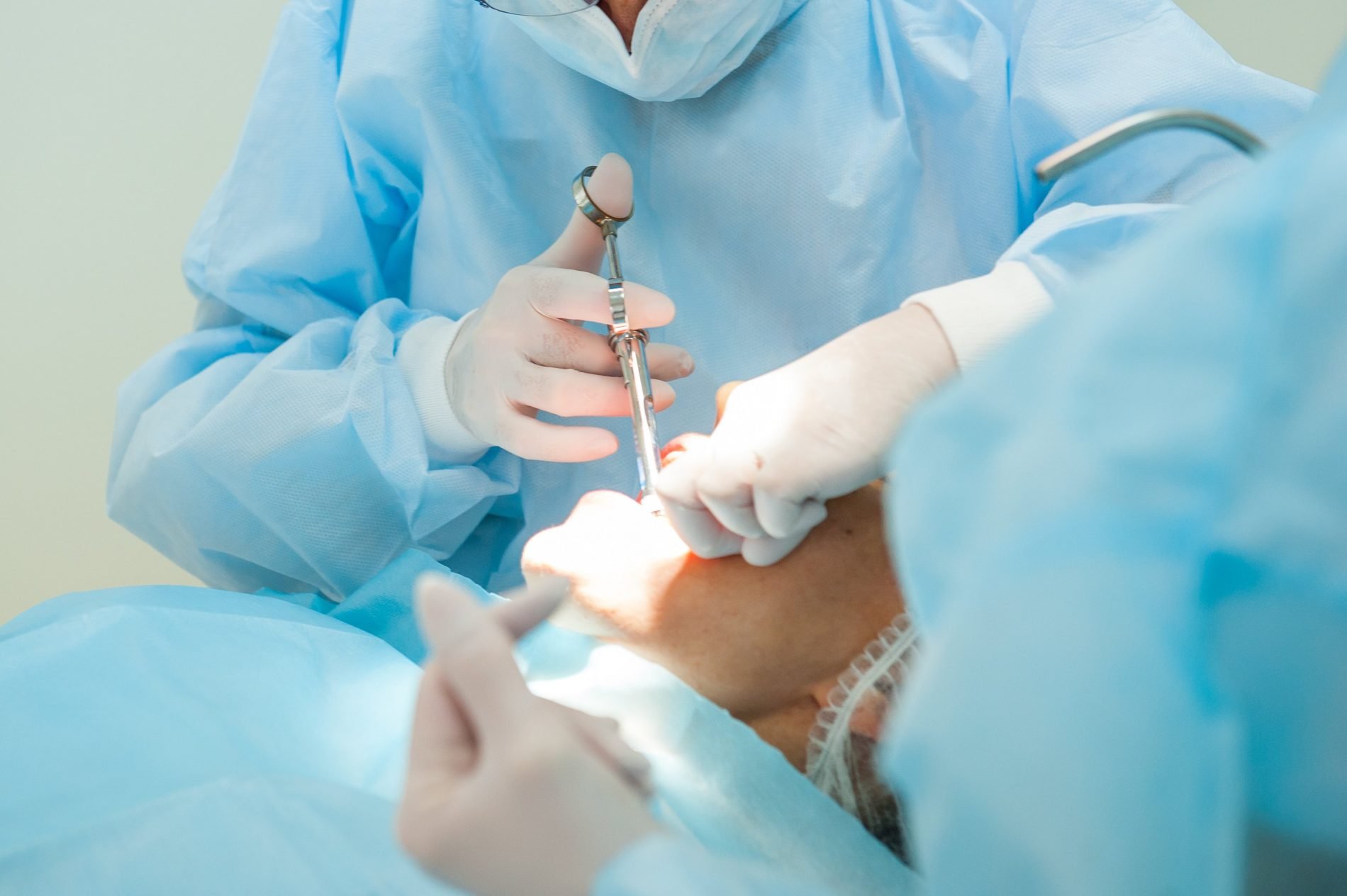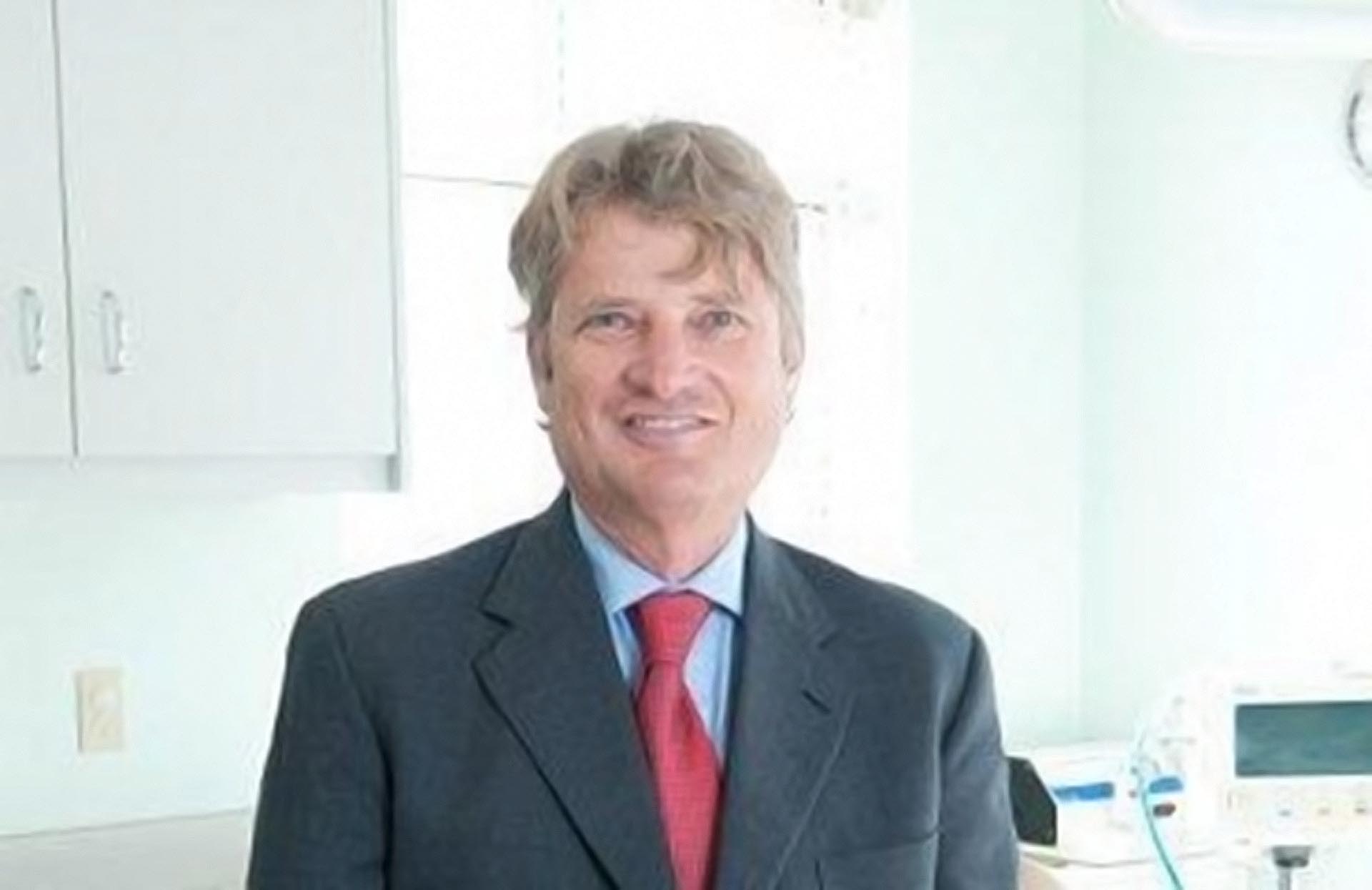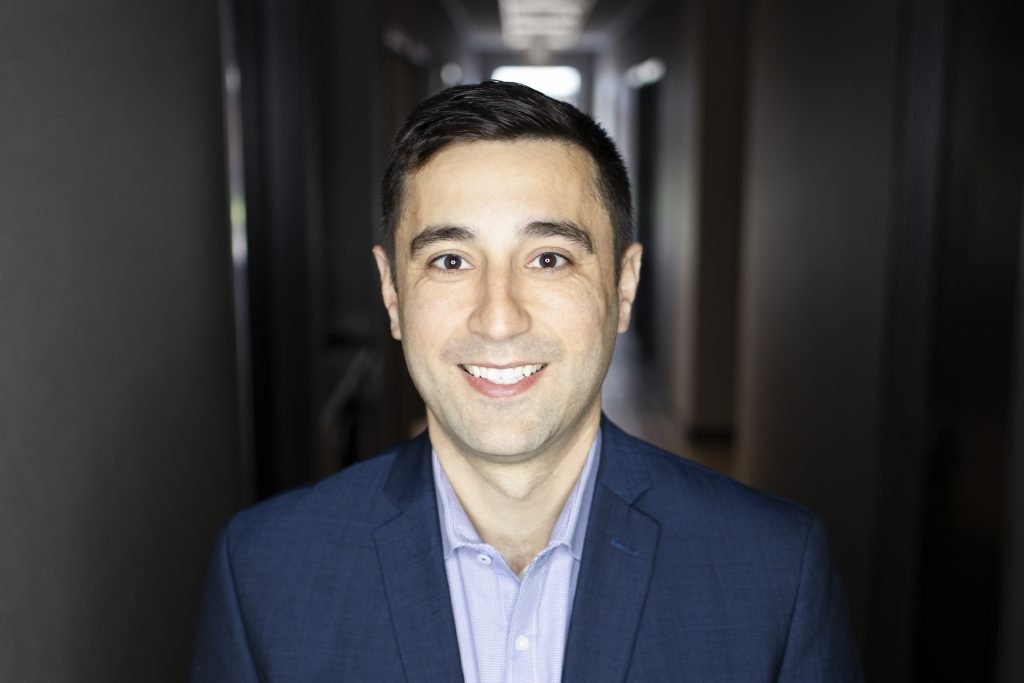Our Oral Surgeons & Team
The oral surgeons and their teams at Arkansas Oral & Facial Surgical Center are experienced oral surgeons, and certified oral and maxillofacial surgical assistants, who assist in administration of IV sedation and surgery. We also have trained registered nurses (RN) to assist in surgery. Make an Appointment
Our Doctors
Steven A. Skoch D.D.S.
Third Molars, Dentoalveolar (Extractions), Dental Implants, Trauma Procedures, Biopsy, Bone Grafting
Patton Minkin D.D.S.
Third Molars, Dentoalveolar (Extractions), Dental Implants, Trauma Procedures, Biopsy, Bone Grafting
Brittany Howell Williams D.M.D.
Third Molars, Dentoalveolar (Extractions), Dental Implants, Trauma Procedures, Biospsy, Bone Grafting
Dr. Daniel Hunt Cooper, M.D.
Anesthesiology Services
Experienced Oral Surgeons
Oral and maxillofacial surgery requires four or more years of additional years of hospital-based surgical and anesthesia training after graduation from dental school. The oral surgeons of Oral & Facial Surgery Center manage a wide variety of procedures relating to the mouth, teeth and facial regions. The surgical team practices a full scope of oral and maxillofacial surgery with expertise ranging from dental implant surgery and wisdom tooth removal. This also includes techniques designed to rebuild bone structure with minimal surgical intervention and optimal patient comfort. We can also diagnose and treat facial pain, injuries, fractures, and lacerations.
Our staff is trained in assisting with Intravenous (IV) sedation or outpatient general anesthesia in our state-of-the-art surgery centers. Patients are continuously monitored during and after surgery.
Oral & Facial Surgery Center
- Patients are assured respect and uncompromising care from our oral surgeons and staff.
- Oral & Facial Surgery Center has clearly stated policies and procedures for the smooth, efficient operation of virtually every aspect of the practice.
- Our practice has a well-organized and efficient administration in every aspect of the clinical, office, billing and insurance departments.
- An active quality improvement program is integrated throughout the practice.
- Clinical records are accurately maintained and include regular audits, peer review and
evaluations. - Professional improvement, ongoing training and continuing education is emphasized, encouraged and promoted in this practice to ensure the best patient care with the best clinical and office staff.
- Our facilities and environment exceed health code standards.
- Our surgical, dental and anesthesia services meet and exceed all standards.
- Our extended stay facility is private and home-like and consistently surpasses patient’s expectations.
What Our Patients Say:
Scott B. – ![]()
“Everybody at this facility is absolutely amazing. I had to have a tooth extracted, and they worked me in the day after I called. Dr. Minken did a fantastic job under local anesthesia, and I had no pain. Afterward, everyone in the facility was super chill, and I will absolutely go back if I need any other work done!“
Jay S. – ![]()
“I had a great experience here with Dr. Skoch. I have some anxiety about dental procedures but the surgery went very smoothly. The employees were professional and everyone had a pleasant attitude. This was probably the best dentist experience I’ve had. Thank you for helping with my dental issues.”
Katherine G. – ![]()
“Stop searching, Arkansas Oral and Facial Surgery Center is the place to be if you need oral or facial surgery. Dr. Brittany Williams, her nurses, technicians and front desk staff are professional, intelligent, well organized, compassionate, and kind. And I didn’t have to wait six months for an appointment.
From the moment that I walked in their office I felt welcomed, respected and heard.
By the end of my consultation visit, I clearly understood the diagnosis, the process and the expected consequences of my choices. I was given options and encouraged to take some time to contemplate them.
Pre-op and post-op instructions were clear and concise I knew what would be happening when I showed up for surgery and how to take care of myself during recovery. My comfort and ease were their priority.
They checked on me during my recovery, eager to answer questions and encourage me to continue the recovery plan. I couldn’t be happier with Arkansas Oral and Facial Surgery Center. The pain is gone.”
Arkansas Oral & Facial Surgery Center Locations
Springdale
2926 West Huntsville Avenue
Springdale, AR 72762
Phone: 479-582-3000
Fax: 479-927-3085
osurgery-springdale@rockdentalbrands.com
Fayetteville
3996 Frontage Rd
Fayetteville, AR 72703
Phone: 479-582-3002
Fax: 479-582-2840
osurgery-fayetteville@rockdentalbrands.com



